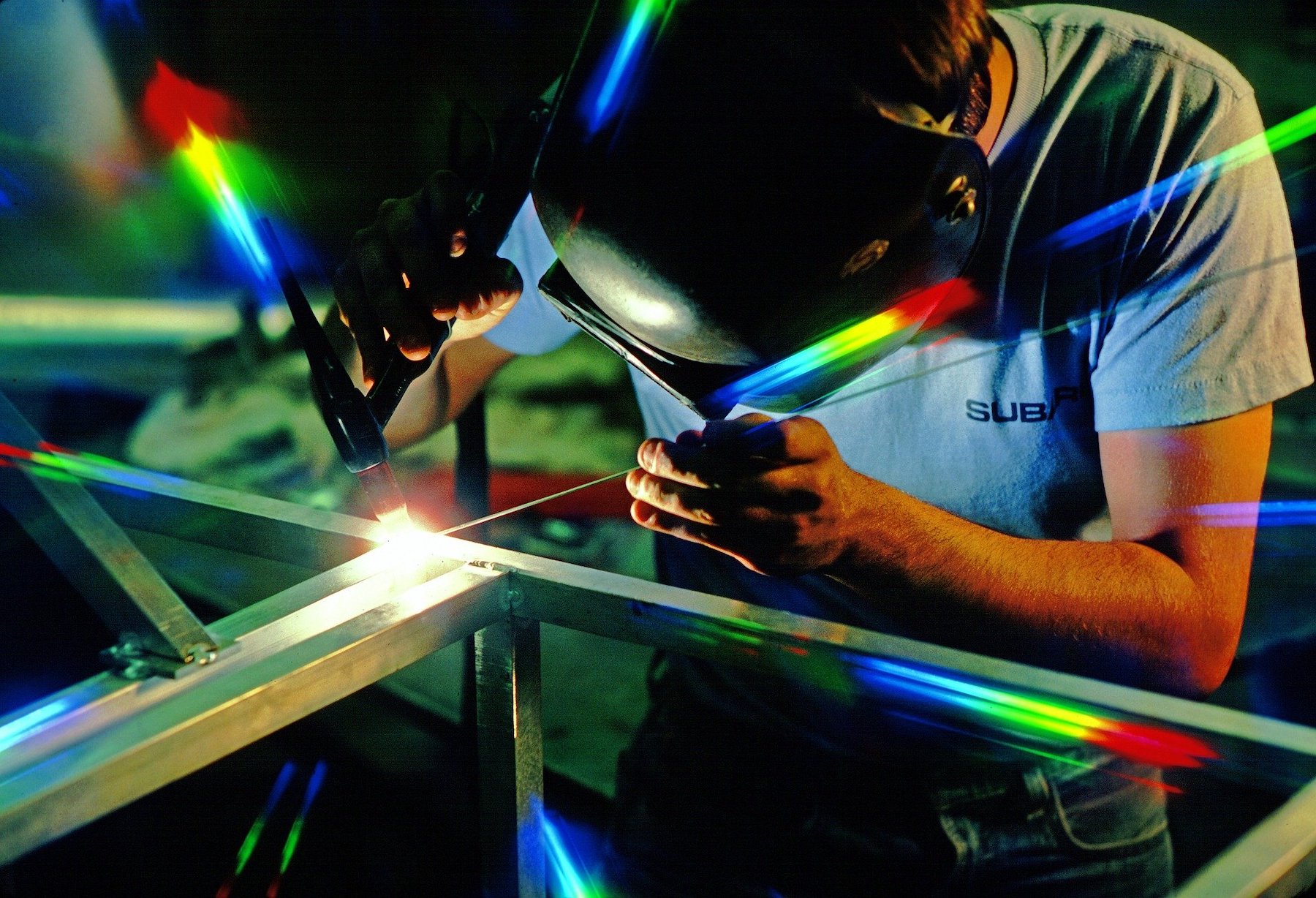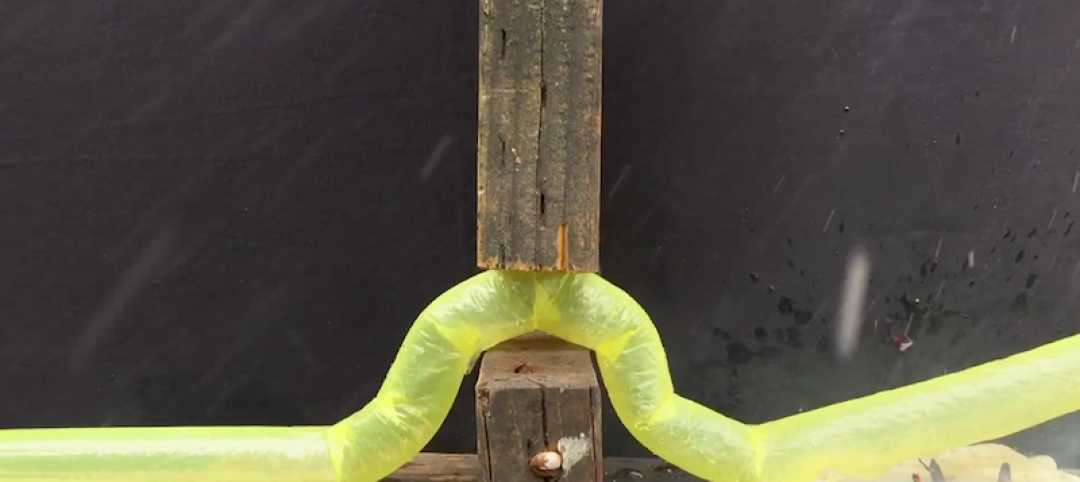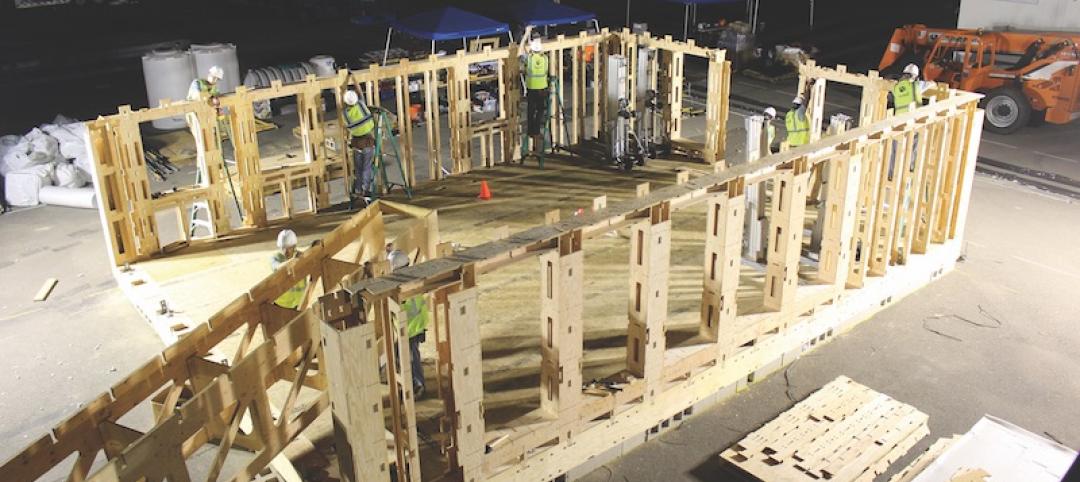The U.S. General Services Administration’s (GSA) Green Proving Ground program, in collaboration with the U.S. Department of Energy, has selected six innovative building technologies for evaluation in GSA’s inventory.
The technologies chosen are:
CO2-Based Heat Pump by Dalrada, based in Escondido, Calif. This combustion-free heat pump, using carbon dioxide as the refrigerant, promises to increase heating and cooling efficiency while reducing global warming potential.
Solar PV Tracking by Rocking Solar, based in Monroe, Ohio. This single-axis solar tracker promises to increase commercial rooftop solar photovoltaic production by adapting a proven utility tracking technology with a new low-profile rocker design that reduces friction, motor size, and the cost of sun-tracking.
Non-Metalized Window Film by 3M based in St. Paul, Minn., and NGS, based in Atlanta, Ga. This non-metalized window film promises to increase window thermal performance with increased durability, reduced reflectivity, and no cell signal interference.
Additive that Increases Heat Transfer by Endo Enterprises/Pace49, based in Bellingham, Wash. This hydronic additive promises to improve the heat transfer properties of water to reduce energy use in closed-loop HVAC systems.
EV Charge Management by WeaveGrid, based in San Francisco, Calif. This EV charge management solution integrates embedded vehicle telematics with utility signals to optimize charging based on vehicle use, utility rates, and the carbon content of delivered power.
Bi-directional EV Charging by Fermata Energy of Charlottesville, Va. This vehicle-to-everything (V2X) technology is expected to turn EVs into energy storage assets, increasing resilience and lowering the cost of EV ownership.
The evaluations are intended to validate the technical and operational characteristics of the technologies and their potential for future deployment.
Related Stories
Hotel Facilities | Feb 13, 2018
6 trends shaping smart hotels
From real-time guest feedback to AI-driven hyper-personalization, the hotel of the future will emphasize service, convenience, authenticity, and just the right amount of technology.
Great Solutions | Feb 8, 2018
Stackable steel modules speed building core construction
With this patented, steel-and-concrete hybrid system, the service core will no longer be the schedule bottleneck on new construction projects.
Events Facilities | Jan 18, 2018
Gamers paradise: The rise of eSports arenas
More than 380 million fans take in professional video gaming events each year, but most do so without leaving home. Dedicated eSports arenas could change all that.
Building Technology | Jul 28, 2017
Stanford develops a robot that grows like a vine and carries with it inestimable applications
For construction, the robot could be used for wiring the ceilings or floors of a building.
Building Technology | Jul 7, 2017
An elevator that moves sideways? Germany is about to take that ride
Thyssenkrupp’s cable-less MULTI system promises higher transport capacity and lower peak power demand.
Building Technology | Jul 6, 2017
Construction sites will be human-free by 2050, according to Balfour Beatty
The new paper also makes 10 predictions for the industry in 2050.
| Jun 13, 2017
Accelerate Live! talk: Work in progress—How the office environment drives innovation, SageGlass (sponsored)
SageGlass CEO Dr. Alan McLenaghan reviews how biophilic design and new technologies, such as dynamic glass, create a greater connection between the built and natural environments in the office.
Hotel Facilities | May 18, 2017
Manchester modular hotel is constructed of shipping containers
The 220-room Holiday Inn Express hopes to be completed in less than 12 months.
Building Technology | May 9, 2017
Movers + Shapers: Innovation Superchargers
Wexford Science & Technology’s ‘knowledge communities’ provide the real estate spark to ignite budding S+T startups.
Great Solutions | May 5, 2017
No nails necessary: Framing system comes together with steel zip ties and screws
Clemson University’s School of Architecture develops a patent-pending construction method that is gaining attention for its potential use in rapid, low-tech sustainable housing.
















